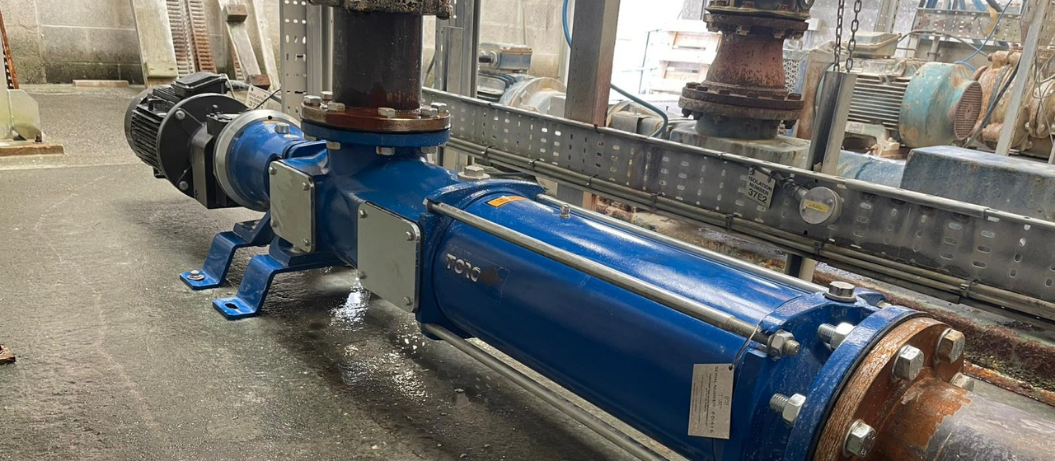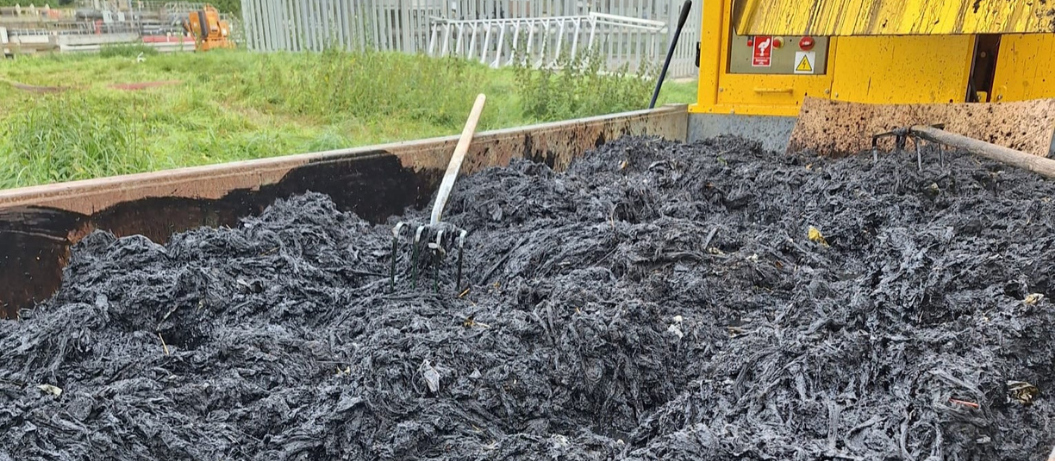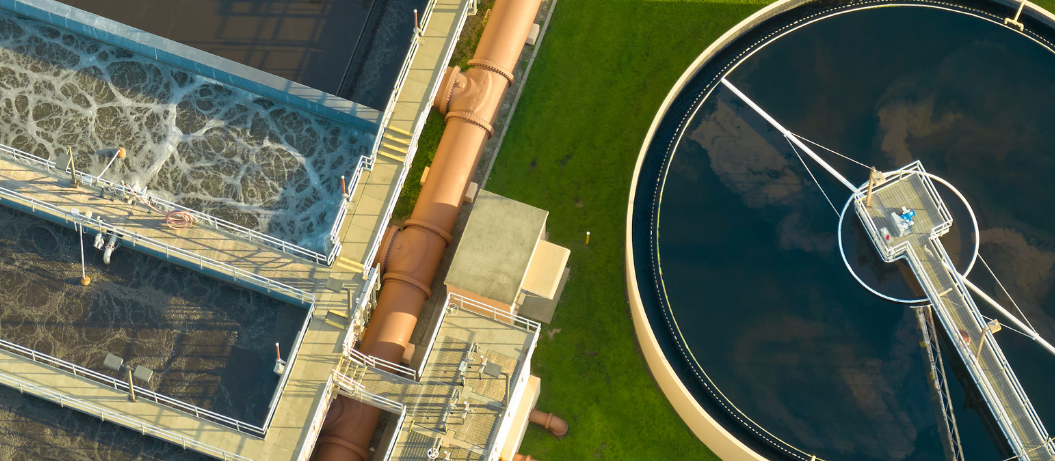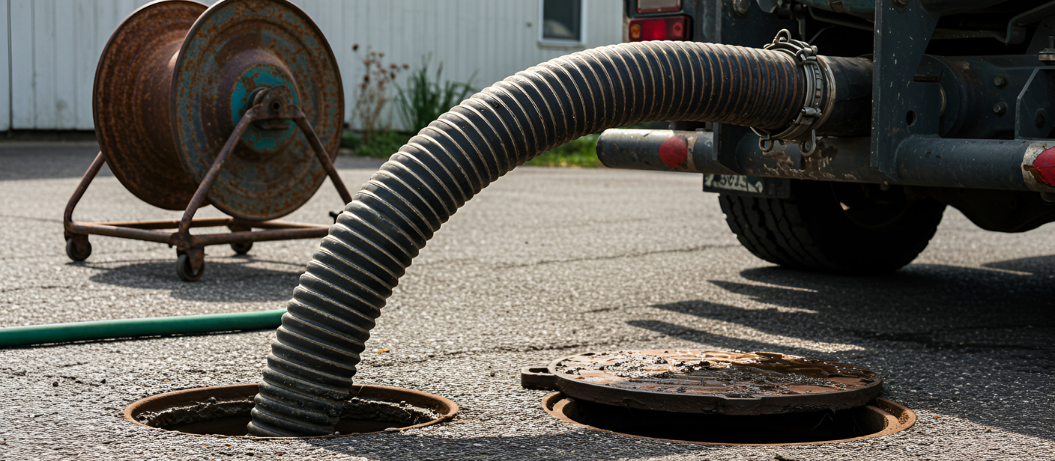Progressive cavity pumps (PC pumps) are a great option for pumping viscous and shear-sensitive fluids, such as sludges and pastes in food production, waste processing, energy generation, and wastewater treatment. They are easily recognised by their long, pipe-shaped stator and are characterised by good pressure capability, self-priming suction strength, low pulsation and predictable dosing.
Understanding the Design, Construction and Use of Progressive Cavity Pumps
Like all positive displacement (PD) pumps, the PC pump mechanically dispenses a defined volume of liquid with each rotation. Coupled with a variable speed drive (VSD), this makes them ideal for controlled metering and dosing.
PC Pumps utilise the interference fit between their double-helix Stator, and single-helix Rotor. This arrangement creates cavities which progress along in a screwing action, forcing (displacing) the liquid from one end to the other.
The meshing together of the single helix rotor and the double helix stator creates a sealing line for each of these fluid-filled cavities. This seal remains at all stages, whether the pump is off (static condition) or rotating (dynamic condition).
Most PC Pumps are driven by a motor via a reduction gearbox, allowing the best rotation speed and torque to match the fluid properties and pressure duty.
Definition of Progressive Cavity Pump terminology

Universal Joints – This mechanism joins the motor and shaft, allowing for a degree of offset alignment and preventing ‘wobble’ strain on the stator. The most commonly used is the pin joint, as this is simple to manufacture. However, the pins take a lot of load, which limits them to lighter-duty pumps. The alternating load causes the pin to rock, wearing both ends of the pin (or its sacrificial bushing).
The Cardan Joint is an upgrade to the standard pin joint. It consists of a dual-block, dual-pin coupling that distributes the load and removes the pinch point found in single-pin types. This heavy-duty joint is best for high-pressure, high-viscosity pumping and will help minimise vibration.
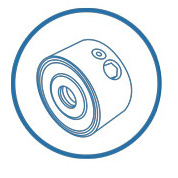
Lubrication and prevention of abrasive contamination is important to the longevity of any universal joint. They usually have a protective elastomer sleeve (or “boot”) around them, which is packed with oil or a specialist lubricant. In heavy-duty environments, such as where abrasive grit or sharp solids are involved, a layer of metal ‘armour’ around the rubber boot is often added.
Clamp – The amount of interference fit (how tightly the rotor and stator fit together). Clamp is important for high efficiency, pressure build, and sealing against back-flow.
Like many machines, the required start-up power on a pump is higher than it’s running requirements, as the system needs to overcome inertia when going from static to a dynamic condition. The start-up peak can be especially significant on PC pumps due to their tight-fitting steel rotor and elastomer stator (clamp), and the presence of sludge within the pump from the previous duty cycle.
Sealing line – This refers to the constant line of contact between rotor and stator that separates each cavity. An optimum sealing line is crucial for pump performance; too tight and the friction can overload the motor, too loose and the head-pressure drops.
Slip – As the sealing line wears, we get progressively more slip occurring. This is where some fluid is forced backwards instead of forward. This reduces the head pressure, flow and efficiency of the pump.
Martin Gilman, of Atlantic Pumps, explains the interconnection of these features:
“Slip usually occurs due to wear of the rotor and stator to the point where the pressure acting against the pump overcomes the clamp. Slip occurs at the sealing line.”
Progressive Cavity Pump variations
As to be expected from nearly 100 years of innovation (the progressing cavity principle was invented 1930), the principle has resulted in many variations of progressive cavity pumps today, optimised for specific duties.
High-flow/low energy models tend to be of a lighter construction to minimise energy consumption and starting torque. They are best suited to lower viscosity, thinner pastes. A longer pitch to cavity height ratio can help save electricity use by up to 20%, but may struggle with passing large solids and fibrous ‘rag’.
High-pressure/higher thrust models usually have a longer stator than standard pumps, allowing for multiple ‘stages’ to build the pressure. The parts, especially the seals, need to be rated for the maximum designed pressure.
High-wear and corrosion-resistant variants are made from advanced alloys or elastomers, and often have special internal coatings for a longer service life.
High-solids content optimised designs have a shorter pitch stator, with enlarged cavity size. The larger cavities enable the flow rate at a lower rotation speed, which reduces shear stress, and ragging (blockage from fibrous build-up).
Of course, the above features can be overlapped in some pump designs, for instance, the Toro T-Line PC pump is optimised for high-wear and high-solids.
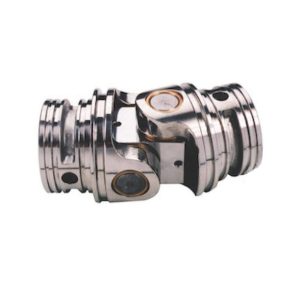
Want to Dive Deeper into PC Pumps?
Watch 4 expert-led webinars on maintenance, selection, and fault finding.
We also take a sustainable approach to our work and are committed to reducing energy waste from pumps. Our expert knowledge allows us to reduce energy usage by 20% on the average site!
Call us today on 0808 196 5108 for more information.
 September 3 2025
September 3 2025 7 min read
7 min read